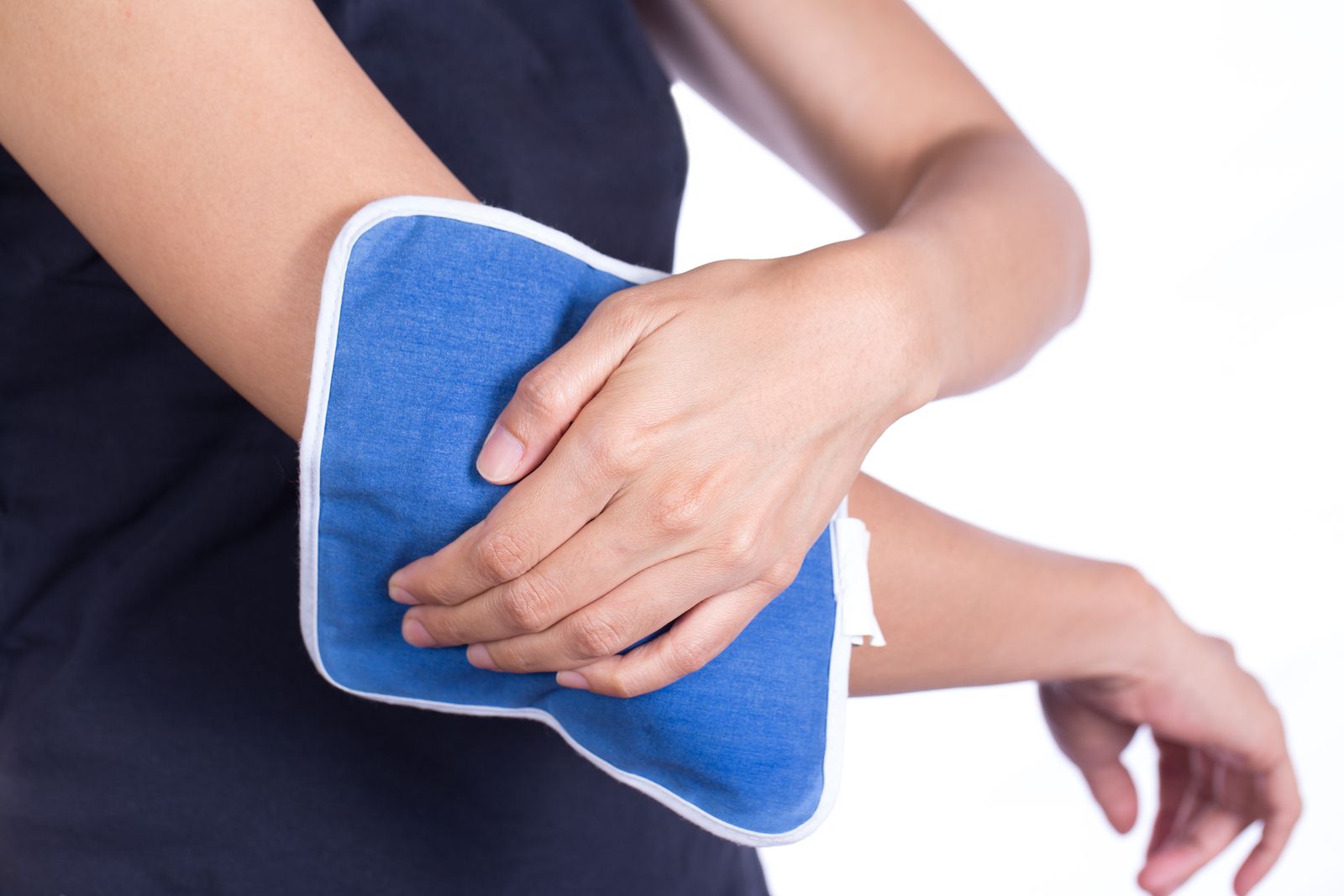It doesn’t matter whether you’ve had a nasty fall, made a poor landing or twisted a joint. Ask for advice and chances are the first suggestion you’ll receive is:
- Rest
- Ice
- Compress
- Elevate
Parents swear by it. Lots of healthcare blogs recommend it.
But is it really all that effective at healing muscle and ligament injuries? Our Highett physio explains…
What is R-I-C-E?
The theory behind R-I-C-E is that by relieving and taking pressure off the affected part of the body, you encourage healing. Each of the four components can relieve pain – logically, combining all four of them should yield even better results, right?
Rest
Everybody knows that rest is a vital ingredient in healing the body. Theoretically, the same should apply for injuries, right?
Here’s the thing though: while minimising pressure on your injury is important, the way people have been doing it (complete immobilisation and bed rest) is much less effective!
Ice
R-I-C-E technique calls for alternating ice and no-ice for 15-20 minute periods over 48 hours, reduces the inflammation and swelling.
In many cases, people might recommend icing as a treatment on its own, completely forgoing the other 3 elements of R-I-C-E.
Compression
While you can’t stop swelling, you can certainly minimise it. Just like icing, compression is all about minimising swelling. Not only is swelling a pain, but it can also lead to a loss of function, as well as restriction of blood flow.
Bandages, compression stockings and sleeves are all tools that can aid in compression.
Elevation
Another trick to reducing swelling is elevation. This involves using gravity to drain excess fluid from the affected part of your body, and often requires the use of braces and supports.
Does it work?
Short answer? There’s little evidence to support it.
In fact, R-I-C-E may even slow down the healing process!
It might sound illogical – they’re all common sense fixes, after all.
But the human body can at times act in counter-intuitive ways and thanks to our modern understanding of the human body, we now know that R-I-C-E is a placebo at best and for muscular injuries – slightly delay healing at worst.
Even the creator of the technique came out against it in 2014!
Why stopping the swelling isn’t a good thing
If you’re familiar with R-I-C-E, you’ll know that three out of four steps are all about reducing swelling.
Here’s the thing, though: swelling is an essential part of the healing process!
Injuries swell because your body is flooding the affected area with white blood cells and antibodies. Essentially, this your body’s equivalent of calling triple-zero.
By stopping swelling, you’re essentially delaying your body’s normal healing process.
Notice how we chose the word “delay”. That’s because icing, compression and elevation don’t prevent swelling – all it does is delay its onset.
Your brain starts the swelling process automatically when it detects pain – the moment you stop icing or compressing, the pain signals start travelling again and swelling resumes at full speed.
And once you stop elevating the injured part of your body, fluids start returning leading to swelling.
How rest can hurt you
Depending on the nature of your injury, the best course of action might actually be to stay active!
We’re not saying that you should continue going all-out after suffering an injury. But here’s the thing: you can’t afford to stop moving altogether.
The key is rehabilitation. While part of that is avoiding aggravating injuries, it also means staying active. The gradual reintroduction of movement and exercise routines can facilitate faster healing, getting you back on your feet quicker.
For example, some research suggests that lower back pain responds much better to continued activity rather than bed rest.
It’s also worth considering that a total lack of movement shuts down your muscles. Even after they’re “fully healed”, the affected part of your body can come out the other end weaker than it started.
Obviously, the best course of action will depend on the exact nature of your injury. Talk to a physiotherapist for a tailor-made exercise rehabilitation plan.
Talk to a Highett physio about your options
All of this isn’t to say that R-I-C-E has no role to play in your recovery.
While outdated, it can be effective at temporarily relieving pain.
When it comes to recovering from pain however, you can’t rely on it alone. If healing is your goal (and it should be), your best course of action is to get in touch with a Highett physio.
Strength-building exercises. A gradual return to motion. New exercise routines that encourage healing without aggravating your injury.
These are just some of the tools your physiotherapist in Highett uses to ensure a complete recovery from muscle or ligament injury.
At Physio AUS, we help athletes, workers and everyday Australians recover from their muscle and ligament injuries. Our end-goal? To return you to a pain-free existence for good!
Get in touch with our team of highly-qualified physiotherapists today – call 1300 392 552 today or make a booking online now.

 1300 392 552
1300 392 552

Leave A Comment